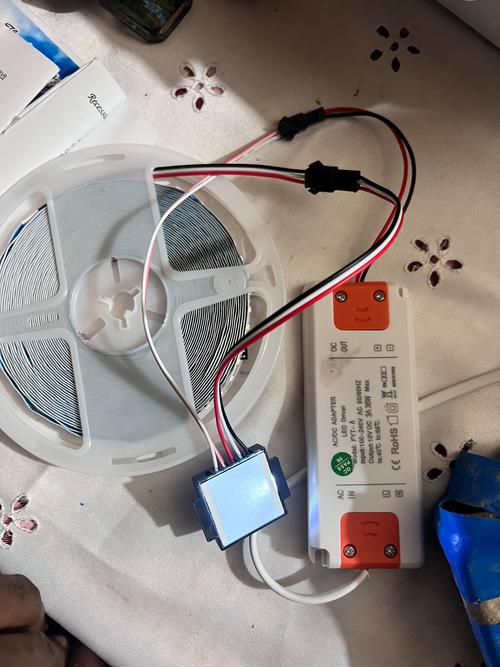
Cronosd Keys Unsafe-Export-Eth-Key Mykey — Keyring-Backend Test: A Comprehensive Guide
Managing private keys is a critical aspect of blockchain security, especially when dealing with Ethereum-based applications. Cronosd, a popular command-line tool for interacting with the Cronos blockchain, offers a variety of commands to help users manage their keys. One such command is `cronosd keys unsafe-export-eth-key mykey –keyring-backend test`. In this article, we will delve into the intricacies of this command, exploring its purpose, usage, and potential security implications.
Understanding the Command
The `cronosd keys unsafe-export-eth-key mykey –keyring-backend test` command is used to export an Ethereum private key from the Cronos blockchain. Let’s break down the command to understand its components:

| Command Component | Description |
|---|---|
| cronosd | The Cronos command-line interface. |
| keys | Subcommand for managing keys. |
| unsafe-export-eth-key | Subcommand for exporting Ethereum private keys in an unsafe manner. |
| mykey | The name of the key to export. |
| –keyring-backend test | Specifies the keyring backend to use for the operation, in this case, ‘test’. |
It’s important to note that the `unsafe-export-eth-key` subcommand is designed for testing purposes only. It does not provide the same level of security as the standard `export-eth-key` command, as it does not encrypt the private key during the export process.
Usage of the Command
Before using the `cronosd keys unsafe-export-eth-key mykey –keyring-backend test` command, ensure that you have the Cronos command-line tool installed and configured on your system. You can download the latest version of Cronosd from the official Cronos website.
Here’s how to use the command:
- Open a terminal or command prompt on your computer.
- Run the following command:
cronosd keys unsafe-export-eth-key mykey --keyring-backend test- The command will export the private key associated with the ‘mykey’ key in the ‘test’ keyring backend.
- Review the output to ensure that the private key has been exported successfully.
Security Implications
Exporting private keys, especially in an unsafe manner, can have serious security implications. Here are some key points to consider:
- Encryption: The `unsafe-export-eth-key` command does not encrypt the private key during the export process. This means that anyone with access to the exported file can potentially access your private key and steal your assets.
- Backup: Always keep a secure backup of your private keys. If you lose your private key, you will lose access to your associated assets.
- Key Management: Use a secure key management solution to store and manage your private keys. Avoid using insecure methods, such as storing private keys in plain text files or sharing them with others.
Conclusion
The `cronosd keys unsafe-export-eth-key mykey –keyring-backend test` command is a useful tool for testing purposes, but it should not be used for managing real-world private keys. Always prioritize security when managing your private keys and consider using more secure methods, such as the standard `export-eth-key` command or a dedicated key management solution.





